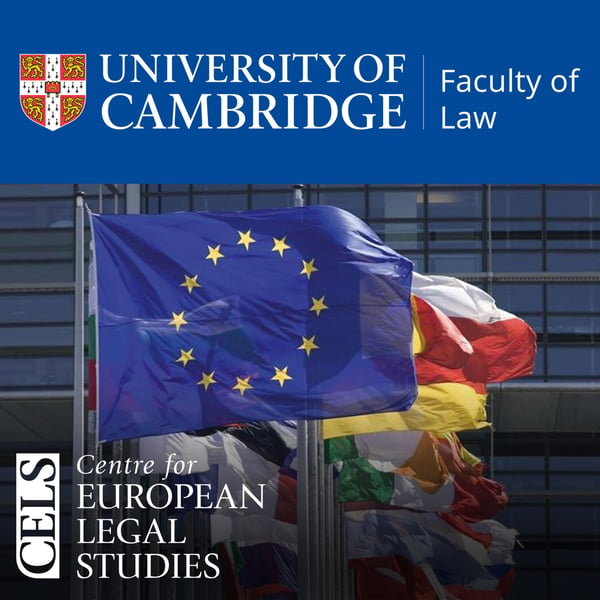'The Public Procurement Rules in Action: an Empirical Exploration of Social Impact and Ideology' - Amy Ludlow: CELS Seminar
Cambridge Centre for European Legal Studies (CELS) Podcast
Faculty of Law, University of Cambridge
0 • 0 Ratings
🗓️ 8 November 2013
⏱️ 33 minutes
🧾️ Download transcript
Summary
Transcript
Click on a timestamp to play from that location
| 0:00.0 | So, as Albertina has just kind of indicated from the title of my presentation, I'm going to talk to you today about the public procurement rules, and I'm going to present some empirical findings that will help me explore the social impact of those rules and their underlying ideology. |
| 0:30.6 | So, as I said, the legal context for this presentation is the public procurement rules. And these rules set out how public bodies |
| 0:40.1 | must run competition processes when they want to buy goods or services. And the key sources |
| 0:47.0 | of that regulation are two directives from 2004, directives 17 and 18. Public procurement regulation, of course, has a much longer |
| 0:58.2 | history than that. So these 2004 directives were amending and consolidating previous directives, |
| 1:05.6 | dating back all the way to the 1960s. And of course, before then, we've got our bases in the treaties particularly |
| 1:13.0 | articles now 1834 49 and 56 so directive 17 deals with public utilities but it's |
| 1:23.3 | directive 18 that I'm particularly interested in has been the focus of my work, which is about |
| 1:29.3 | public contracts. |
| 1:31.3 | And Directive 18 has been implemented in the UK by the public contracts regulations of 2006. |
| 1:38.3 | And I've tried to summarise some of the key features of the procurement rules on the slide for those of you who are |
| 1:46.0 | not familiar with them. So Regulation 4 makes clear that the contracting authorities' fundamental |
| 1:53.7 | obligations are equal treatment and transparency. And that implies a variety of compulsory procedural duties and a contracting |
| 2:05.1 | authorities discretion is also constrained in respect of how it conducts that procurement |
| 2:11.6 | process and in respect to the latter award, the contracting authority can either choose between |
| 2:18.7 | awarding the contract on the basis of lowest price or something called meat, which is the |
| 2:23.7 | most economically advantageous tenders. This is a broader concept that obviously gives |
| 2:29.0 | contracting authorities greater discretion, and so it's the criterion that tends to be used most frequently. |
| 2:37.0 | And all of these rules might sound a little bit dry and a bit technical, but actually |
| 2:43.0 | policy developments over the last 30 years or so, and now the financial crisis means |
| 2:49.0 | that these rules are increasingly important and controversial. |
| 2:55.0 | And this is because we're living through a period in at least the UK where the market is king. |
... |
Transcript will be available on the free plan in -4162 days. Upgrade to see the full transcript now.
Disclaimer: The podcast and artwork embedded on this page are from Faculty of Law, University of Cambridge, and are the property of its owner and not affiliated with or endorsed by Tapesearch.
Generated transcripts are the property of Faculty of Law, University of Cambridge and are distributed freely under the Fair Use doctrine. Transcripts generated by Tapesearch are not guaranteed to be accurate.
Copyright © Tapesearch 2025.

